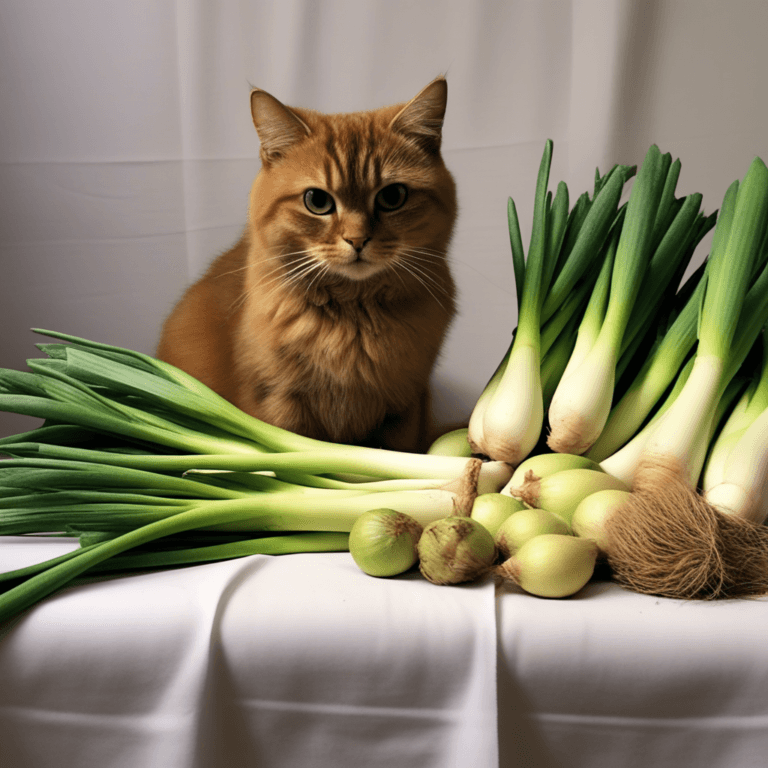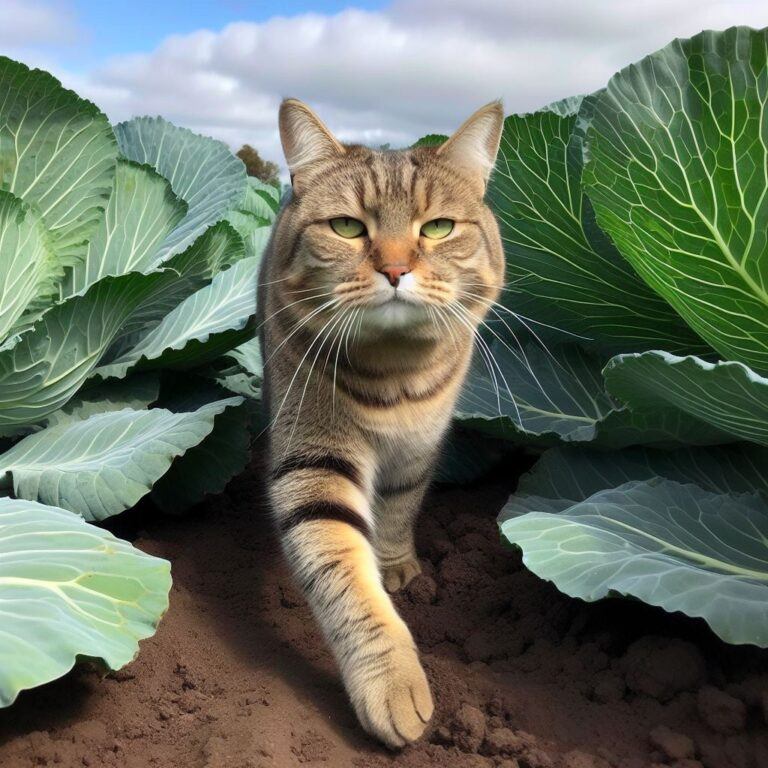Can Cats Safely Eat Cranberries
Yes, cats can eat cranberries in small amounts. Cranberries aren’t toxic to cats and when used moderately, they can offer health benefits. However, as a cat owner, I prioritize my pet’s diet and health, so it’s essential to understand the effects of any new food.
Let’s consider the importance of portion control and the potential upsides of cranberries for our feline friends.
Cranberries are rich in vitamins, minerals, and antioxidants. Even though cats are obligate carnivores, which means their diet should be primarily meat-based, the occasional inclusion of high-antioxidant foods like cranberries could support their immune system and overall well-being.
Understanding the nutritional makeup of cranberries is also crucial. They are low in calories and high in vitamin C, manganese, and fiber, which present health perks for cats.
But since cats process sugars differently than humans, we must be cautious about the natural sugar in cranberries.
Portion size is KEY here. Only a small number of cranberries should be offered to avoid upsetting your cat’s stomach or causing more severe health issues. Use them as a treat, rather than a regular part of their diet.
Potential Health Benefits and Risks for Cats Eating Cranberries
Cranberries are commonly praised for their antioxidant properties, which may indeed offer some health benefits to cats. These berries contain compounds that can help neutralize harmful free radicals in the body, potentially preventing cell damage and supporting overall health.
A specific benefit of cranberries, particularly noted in humans and potentially applicable to cats, is their impact on urinary tract health. The compounds in cranberries may help prevent the adherence of bacteria in the urinary tract, which could reduce the risk of urinary tract infections (UTIs).
Considering UTIs can be a common issue in felines, a moderated inclusion of cranberries in their diet might be beneficial.
Despite these possible health perks, it’s crucial to recognize the risks of overconsumption for your furry friend. The natural sugars found in cranberries, while not hazardous in small doses, can lead to obesity and diabetes if fed in large quantities.
Plus, the acidity could cause stomach upset in sensitive cats.
Treats, including cranberries, should never make up more than 10% of a cat’s daily caloric intake, and it’s important to remember that not all cats will enjoy or tolerate cranberries.
Observing how your cat reacts to this new addition is important. If you notice any signs of digestive discomfort or behavioral changes, it’s best to eliminate cranberries from their diet.
In summary, while cranberries can be a safe snack in moderation, emphasizing balance is key. In the next section, I’ll guide you through the best practices for serving cranberries to your cat to ensure safety and enjoyment for your feisty feline companion.
Section 3: Serving Cranberries to Your Feline Friend: Best Practices
When I consider giving cranberries to my cat, I make sure to think about the correct portions and the safest forms to offer. If you’re pondering adding this fruit to your cat’s diet, it’s crucial to stick to SMALL AMOUNTS.
Cats are obligate carnivores, which means their bodies are finely tuned to process meat rather than plant matter.
Fresh cranberries are the ideal choice, as they don’t contain any added sugars or preservatives that dried cranberries or cranberry products often have. Just a couple of berries, chopped up, will do.
If you opt for cranberry juice, ensure it’s pure and not sweetened, as sugars are harmful to cats in excess. Usually, it’s better to steer clear from juices due to the difficulty in controlling sugar and preservative content.
As pet owners, it’s important to remember that introducing any new food, including cranberries, should be done gradually and with attention to the cat’s reaction.
Some alternative snacks that can be safer and more beneficial for cats include small pieces of cooked chicken or beef, special kitty treats designed for their dietary needs, or even a bit of cooked fish or egg.
These options provide essential nutrients in a form that’s more natural for cats to digest.
Remember, when in doubt, it’s best to consult with your veterinarian before making changes to your cat’s diet. They can provide personalized advice based on your cat’s specific health profile, ensuring that you’re making the best choice for their wellbeing.







